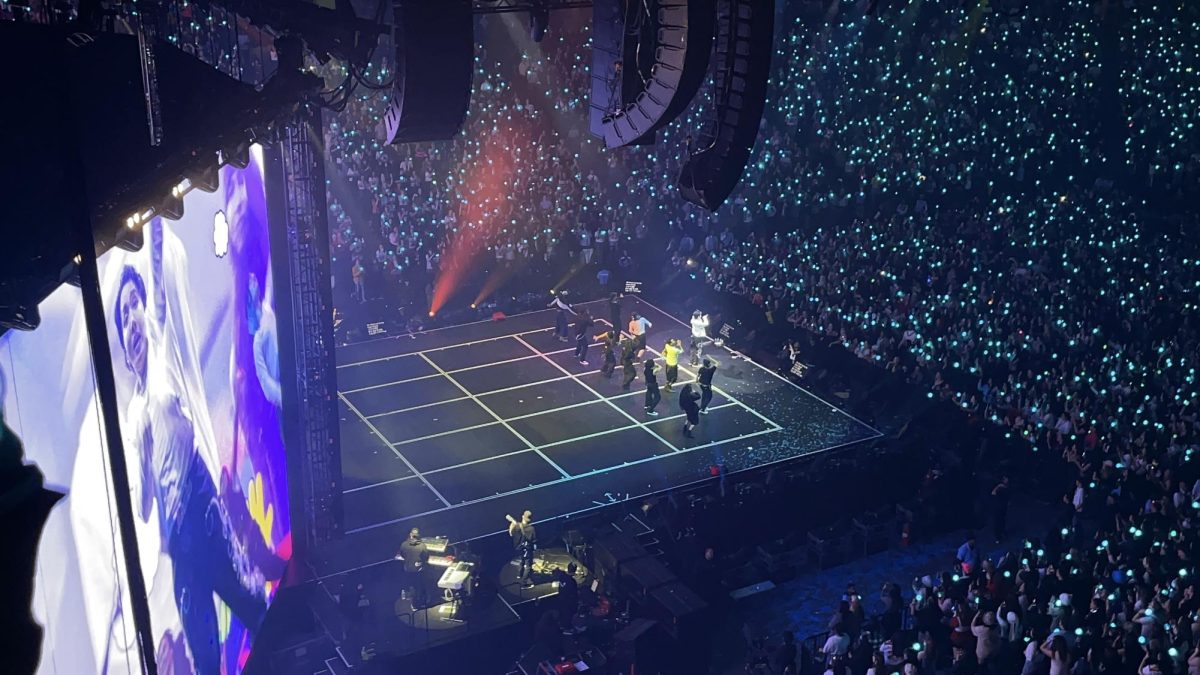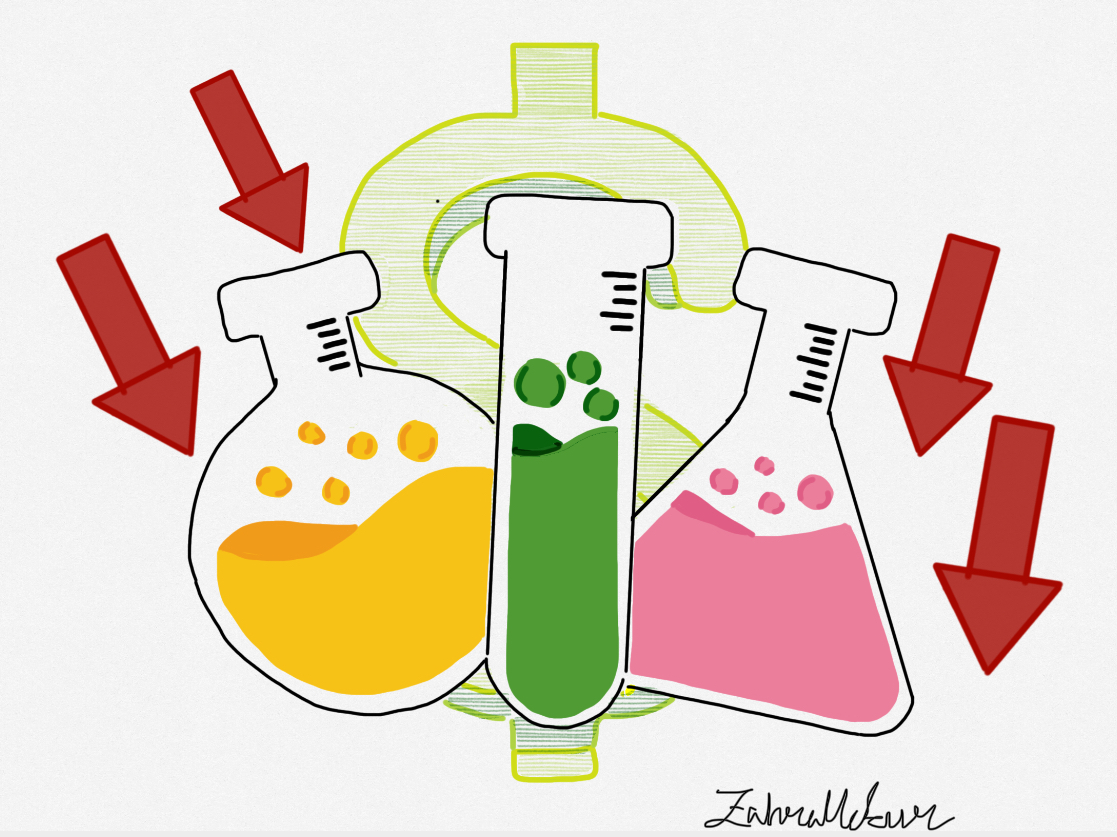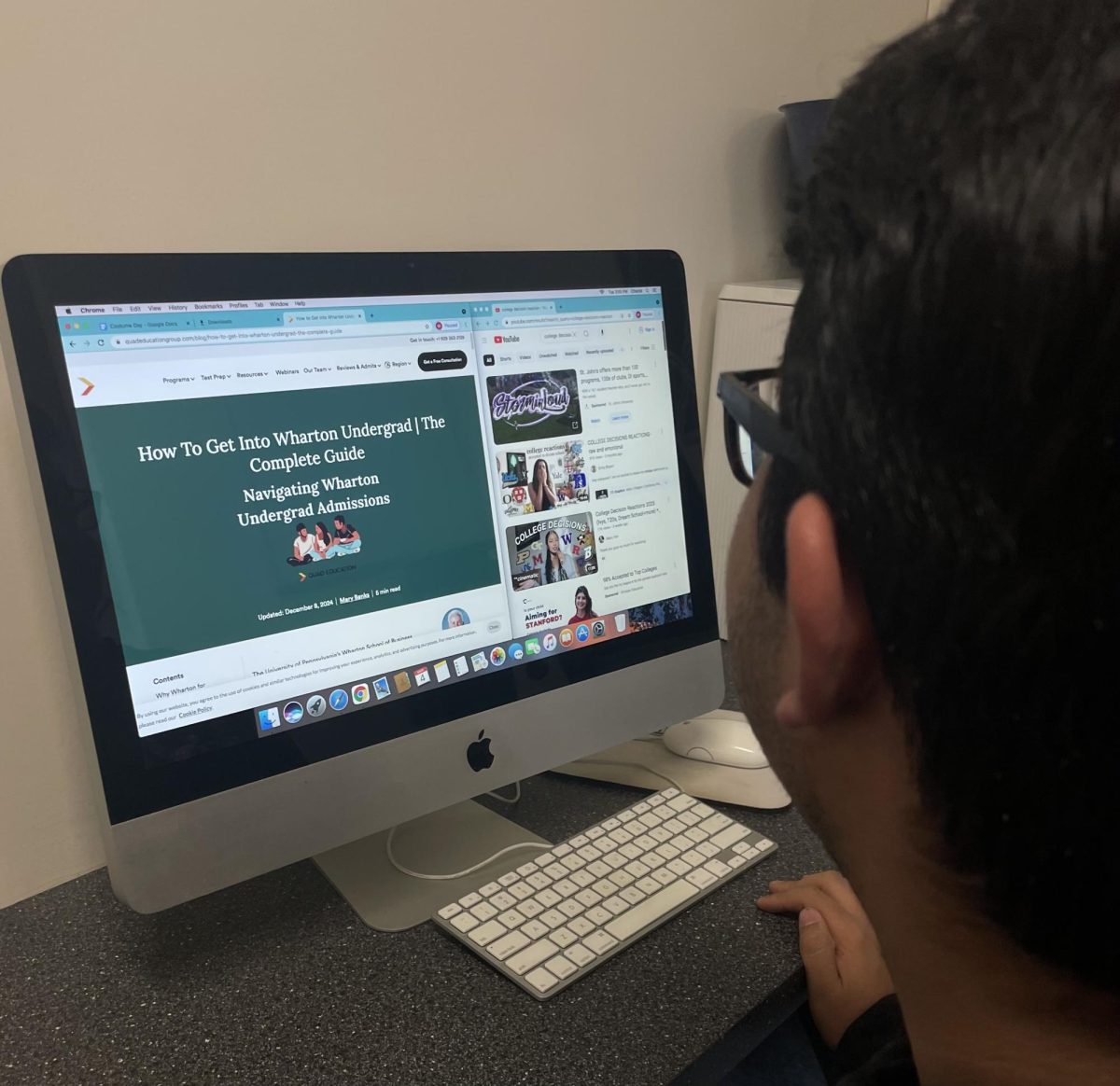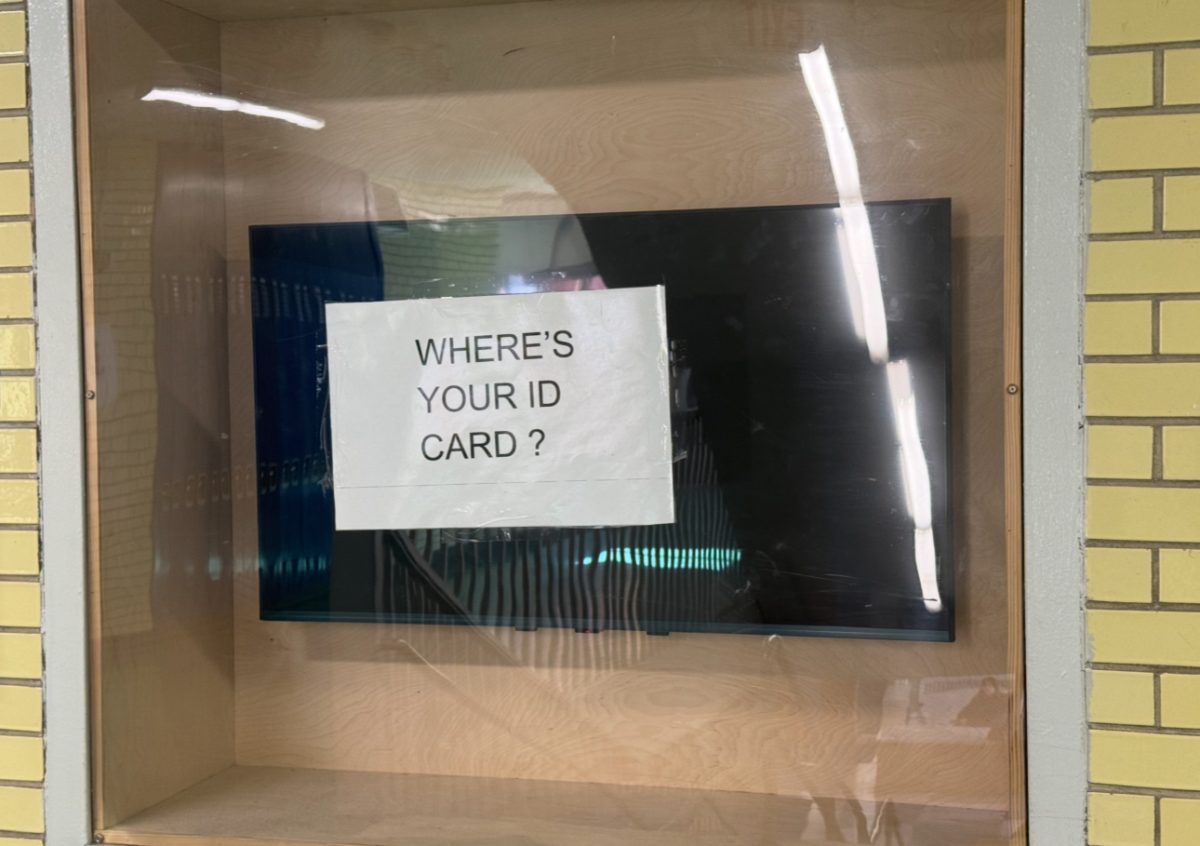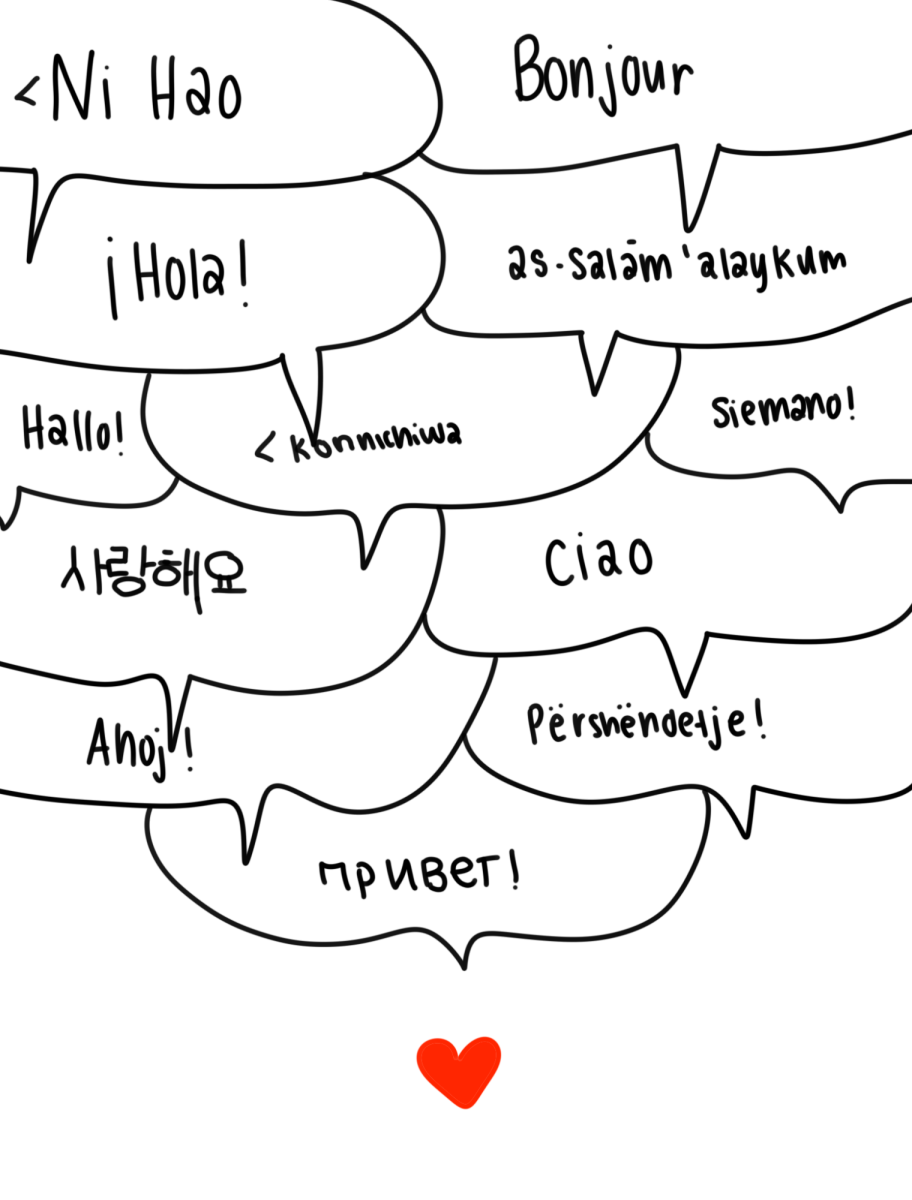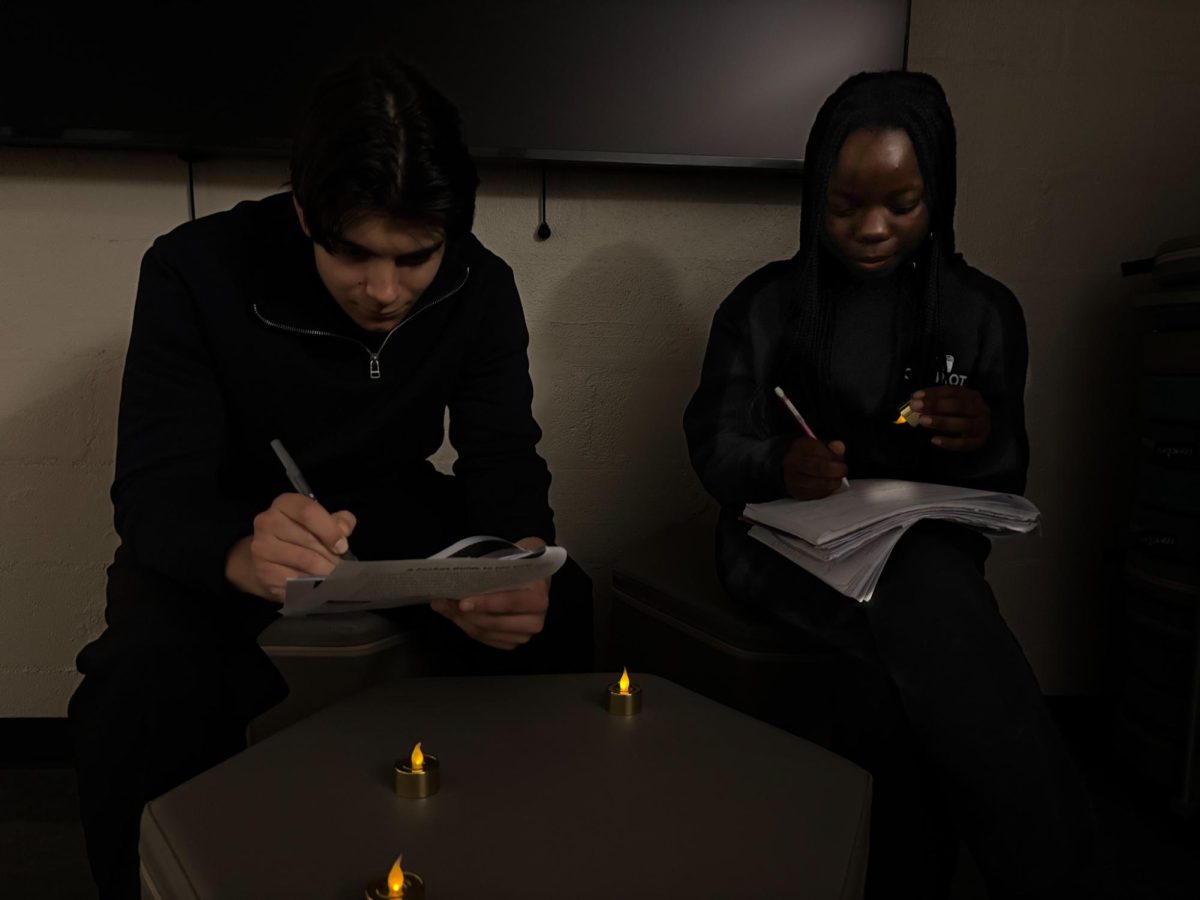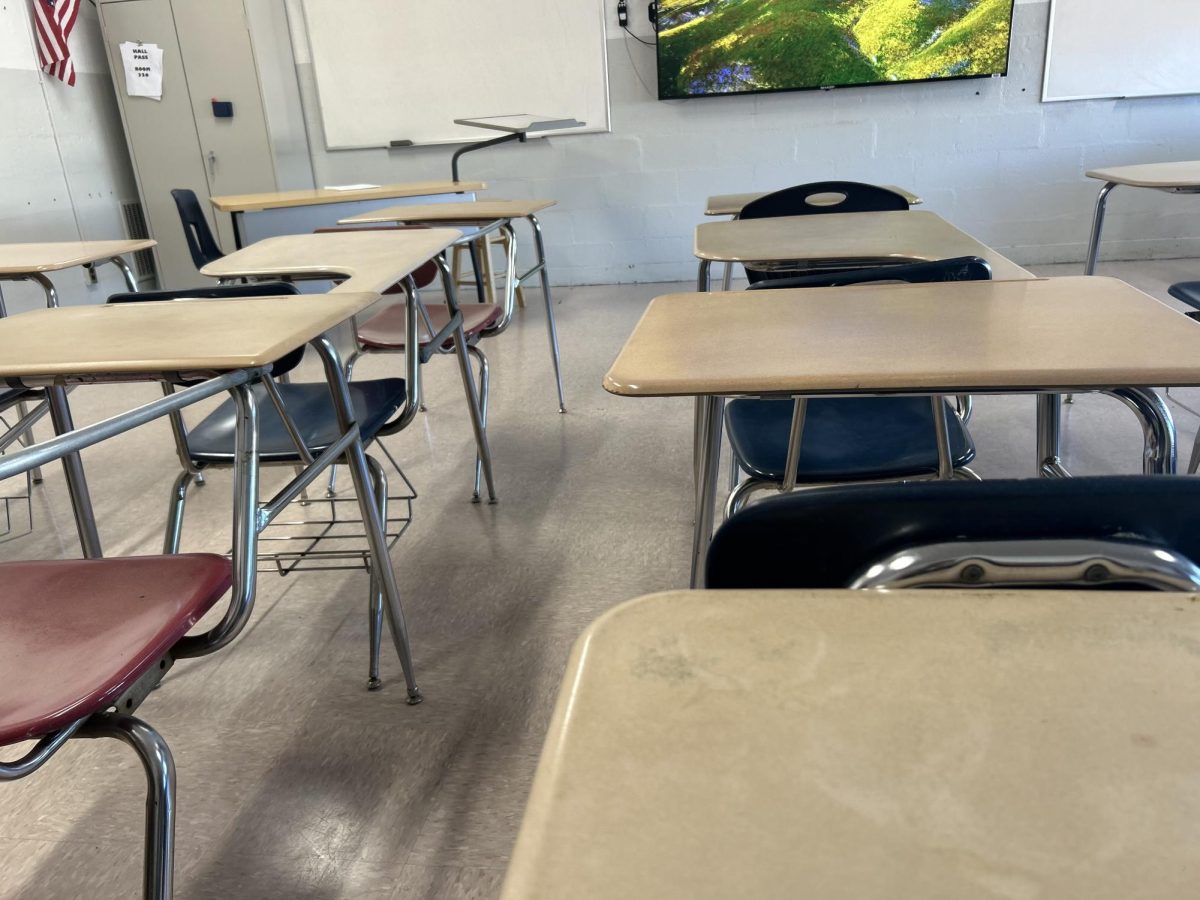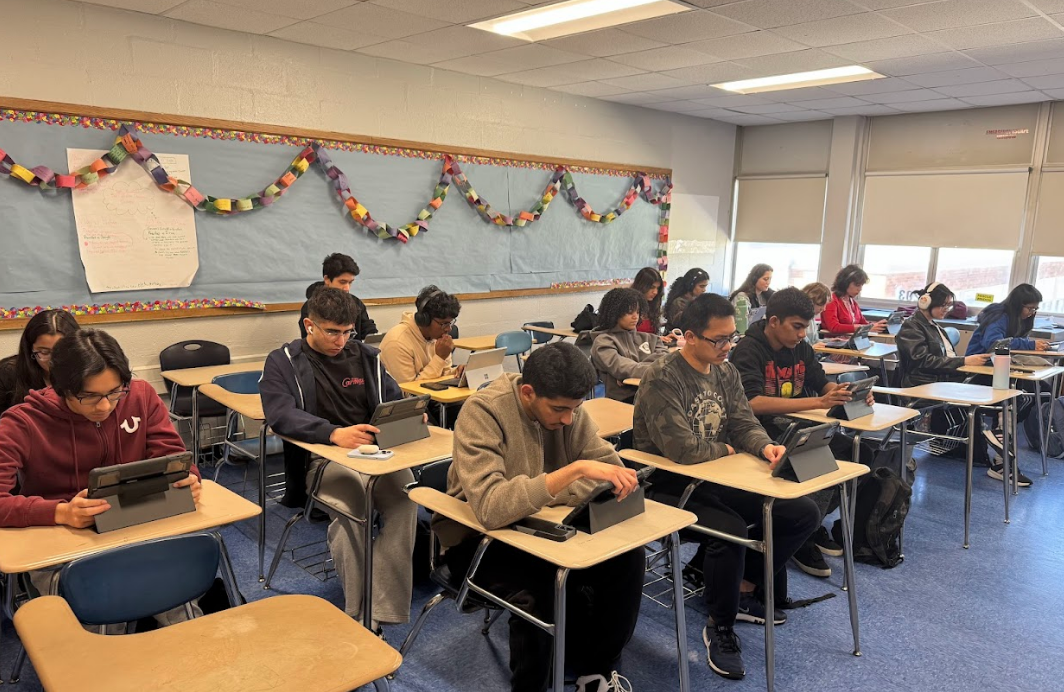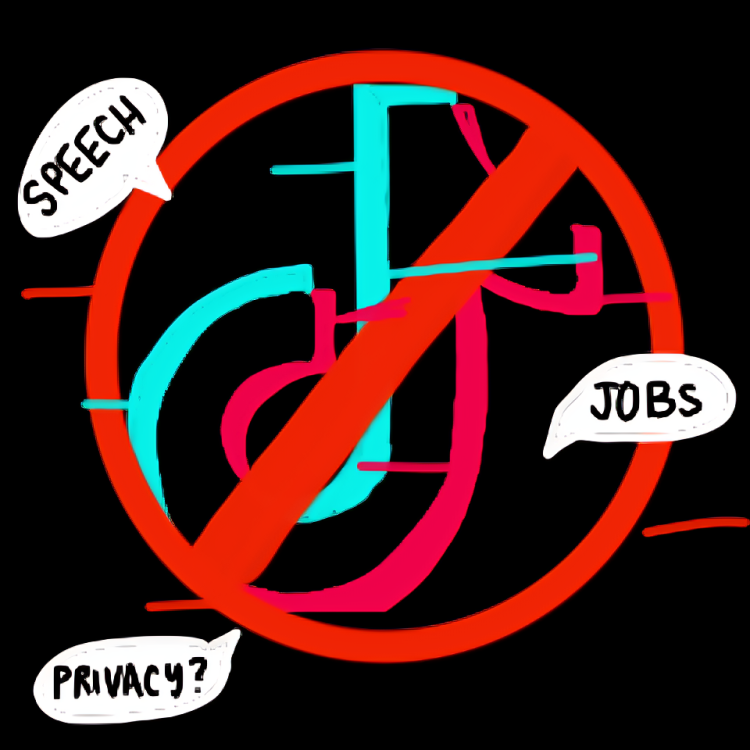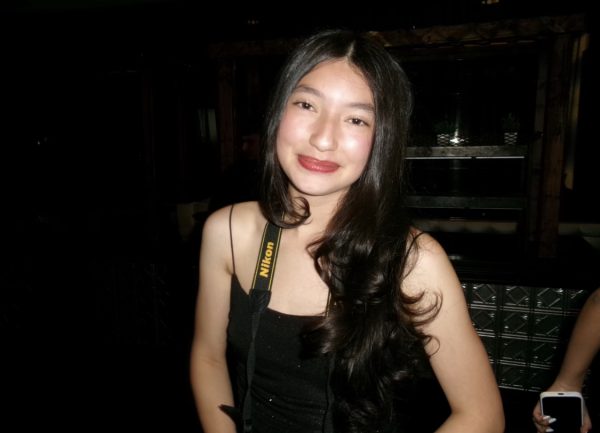In the last decade, college acceptance rates, especially those at the most selective universities in the United States, have dropped significantly. The increased competitiveness of the college admissions scene has not only led to increased pressure upon students, but has also created a shared warped mindset that correlates college acceptances with self-worth.
“I had a dream school, but the acceptance rate was very low. Beyond that, I wasn’t sure if my family and I could pay for it. I drowned myself in this dilemma for a long time, and it left me feeling so overwhelmed to the point where I simply felt hopeless about college in general,” senior Emily Lin said.
For the class of 2029, college admissions were particularly selective due to the large applicant pool. 2007 saw a record-breaking increase in the number of births in the United States, resulting in schools like New York University receiving an all-time high number of applicants eighteen years later. Consistently top-ranked schools, including MIT, Yale, Harvard, CalTech and Columbia, have long held acceptance rates of less than five percent, and this admissions cycle was no exception.
In a time during which many consider the future of employment to be drastically changing, many students view degrees from top colleges as essential tools in achieving a successful career. Top-tier schools are often accompanied by vast alumni networks, appealing to students due to the unique opportunities they offer. As a result, top schools are often seen as the gateway to higher paying jobs and seemingly higher chances of professional and personal success.
“Knowing that prestigious colleges offer once-in-a-lifetime opportunities motivates me to work hard in high school and give myself the best possible shot at admission. I push myself to keep my grades up, perform to the best of my abilities on standardized tests like the SAT or ACT, take on leadership roles around the school,” junior Ariana Muhammad said.
Though the statistics of college admissions in recent years are concerning, many high schoolers still remain fixated on perfecting their stats for the admissions process. In particular, one’s grade point average, course rigor and scores on standardized tests (including the SAT, ACT and AP exams) remain the most important indicators of academic achievement for high school students. This often creates a sense of anxiety among high school students to achieve higher scores in classes and on the SAT.
“The knowledge that my grades and SAT score are crucial for college applications puts a lot of pressure on me because it makes me feel more anxious, as one test or one score can be the deciding factor between getting into college or not,” sophomore Rafay Mufti said. “It makes me feel like I have to be perfect and do perfect on every exam in order to have a chance at getting into a great school.”
GPA and SAT aren’t everything in the admissions process, however. The Common Application allots ten slots to describe one’s four-year journey through adolescence outside of high school. Extracurricular activities are a cornerstone of college applications within the context of the American post-secondary admissions process. Sports, clubs, internships, musical instruments, part-time jobs and personal projects fall under this category. However, unlike more objective measures like test scores, the strength of one’s extracurricular activities cannot be definitively and consistently gauged by itself. This is an integral part of what is known as the “holistic review” of American colleges. Students are judged contextually, considering both academic and nonacademic factors.
Students often strive for awards at the state, national and international level among extracurricular activities. There exists a plethora of competitive activities for high school students to participate in, whether it’s the Math Olympiads, Model UN, FBLA, robotics or quiz bowl. Conducting high-level collegiate research and establishing businesses and 501(c)(3) nonprofits are not particularly uncommon among competitive students nowadays.
This high level of competition has led many high schoolers rushing to “bulk” their resumes in attempts to become impressive for college admission officers. Some students are motivated to sign up for and partake in school clubs, sports, volunteer opportunities, internships and pre-college programs more for the sake of their profiles than for genuine enjoyment and passion.
“The competitiveness of college admissions definitely made me feel like I had to ‘bulk’ my resume, constantly adding more extracurriculars and trying to stand out in every way possible. I ended up with 500 hours of community service, served as an officer in five different clubs, held a student council position, and even started my own nonprofit,” senior Abigail Murray said. “But despite all that, I still felt like I wasn’t enough, especially after getting rejected from my dream school.”
Unfortunately, in this environment of desperate young people willing to go to great lengths to improve their college resumes, private companies and schools have essentially monetized the high school resume-building process. This is often done through offering expensive programs to help improve one’s application—even marginally so. Hundreds of colleges across the country offer pre-college programs for high school students to continue their educational journeys, even outside of school. Despite the extreme costs of attending such programs (often in the thousands of dollars), demand remains high among competitive high school students. Though many paid programs may not necessarily be “good” for one’s resume, many prestigious programs, such as the selective Stony Brook University Simons Summer Program, still require high fees for application and participation. Thus, concerns have risen regarding the “pay-to-win” nature of the college admissions process. Whether for SAT preparation or for private college admissions counseling, many students and parents alike have become willing to pay tens of thousands of dollars throughout the college application process. Even with the high costs of college-preparatory services for high school students, many students have seen true benefits in such paid programs.
“I paid $2,200 for my SAT class. While I do believe $2,200 for a class that helps you with the SAT, which often makes or breaks applications, is kind of unusual, I do believe the class was worth it as my teacher was great. I would’ve never done well on the English section without him,” senior Rachel Jacob said. “He made the $2,200 worth it, and I genuinely believe I would’ve not gotten my score without the class, but $2,200 is definitely a lot.”
With the rise of social media, in recent years, students have gained more access to college content, which has increased the competition even further. On sites like TikTok, high-achieving and highly-involved students often post their college results and statistics, prompting many other students to pursue the same prestigious opportunities.
“Social media often exacerbates the way people think about things, but especially when it comes to college app season, since the algorithm tends to push content that comes from high prestige applicants, even if they’re 1 in 1000,” sophomore Zahra Nuha said.
“You’re always reading about how some of the craziest college applications get rejected, and that just makes everything you do seem useless and insignificant,” senior Suha Tasfia said. “Even as a strong student, I doubt my capability as a strong candidate, and it’s prevented me from applying to reach colleges because they have all become so impossible.”
The fact that the holistic review process has essentially incentivized significant monetary investment into potentially boosting chances should be confirmation enough that it creates unhealthy competition. The question remains, though: is there truly a satisfactory fix for such an issue? A switch away from the holistic review process would mean giving sole emphasis on a more specific aspect of the admissions process. Giving sole emphasis on extracurricular activities would remove important context for colleges to evaluate potential applicants. Academic achievement will always remain an important component of success in college. On the other hand, sole emphasis may be given on numerical statistics like GPA and SAT, which is more common among other countries. However, such a system would still create similar toxicity and monetary stress within competing high school students. This is very well-exemplified by the admissions process for colleges in South Korea, where for-profit cram schools serve over 80% of the student population. Alas, there may not be any suitable reform to unequivocally change things for the better.
However, the mentality of students looking to apply to college has room for change. A simple shift in mindset regarding college admissions could thwart any potential doubt and stress during the process. Competitive colleges will remain competitive indefinitely, and drastic changes to the admissions process are unlikely to change that. Therefore, it can be important for the individual to redefine what success looks like from their own perspective.
For high school students, it is essential to work towards a mental separation of self-worth and acceptance by an institution. Many students who spend mass amounts of time and effort to create appealing profiles for college admissions officers begin to base their personal value on whether or not a college accepts them, so it is vital for these students to work towards recognizing their inherent worth. It can also be important for students to approach the college-application process with open-mindedness: students should take the time to investigate multiple programs that appeal to their major and interests, rather than only considering the schools based on their rank and prestige. In the same vein, it is important for students to select extracurriculars that are meaningful to their personal passions, rather than spending their energy on activities solely for the purpose of maintaining admission at a top-tier college.
“[College decisions] were a tough experience, but it made me reflect on the fact that I am enough as I am, regardless of what college I end up at,” Murray said.
“Even though many of the people who get into Ivy League schools have very impressive resumes from their high school career in many different clubs and activities, I still try to remain true to myself and stick to what I’m passionate about, not over extending what I’m capable of,” junior Krish Singh said.
“It matters that the college sees that you’re doing things because you truly like them, not just because you see them on TikTok,” Nuha said. “Stay true to what you enjoy, and opportunities will come flowing.”

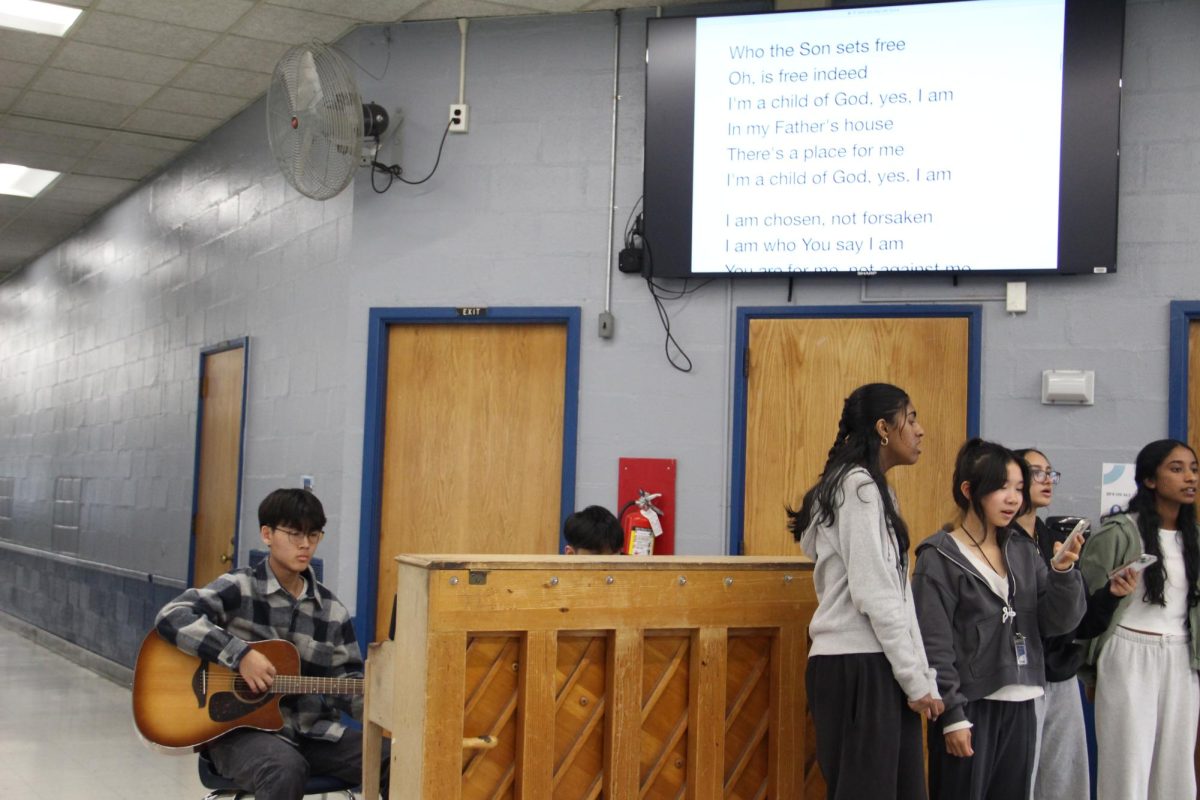
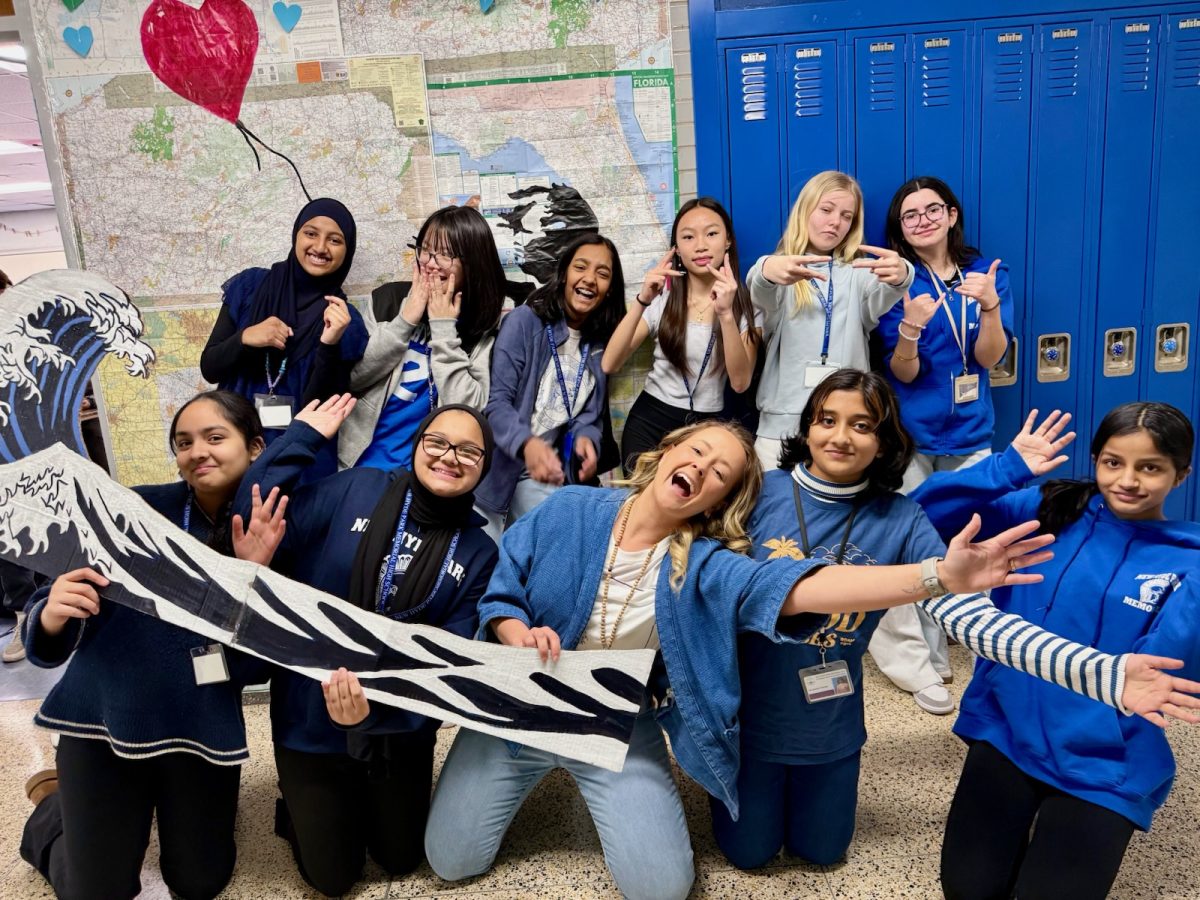
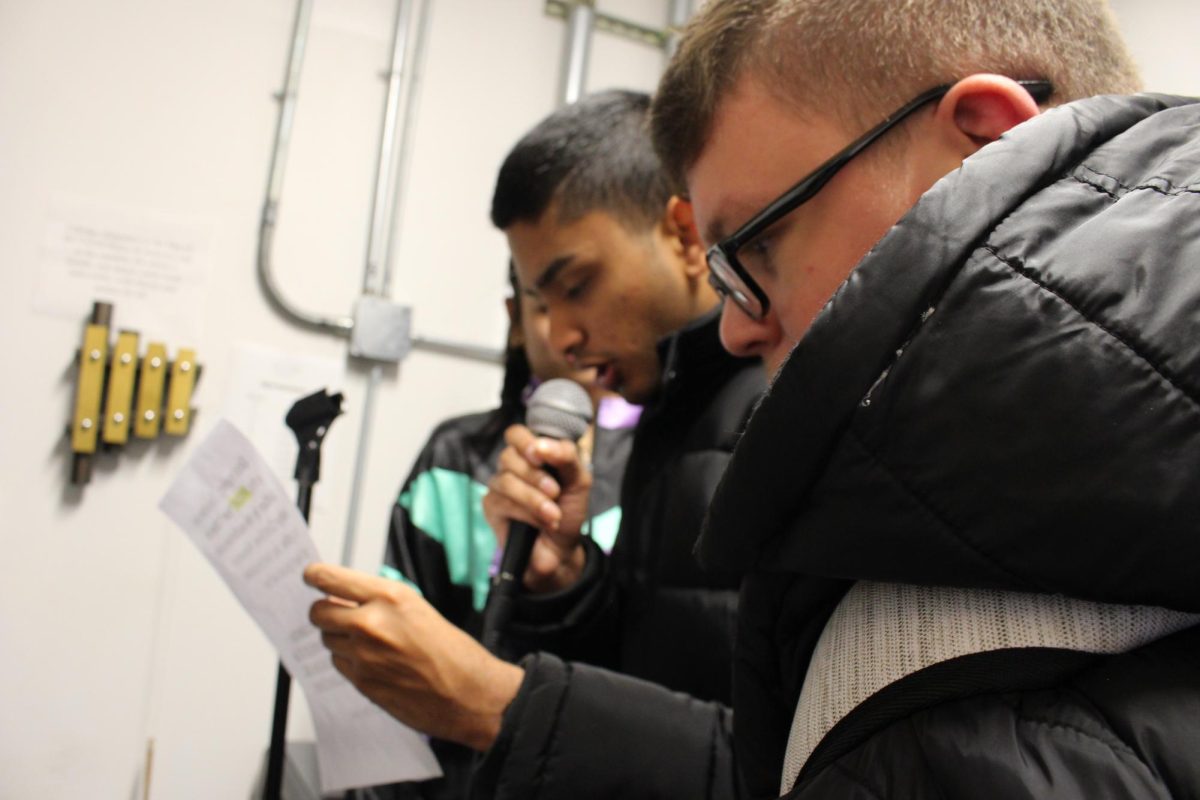

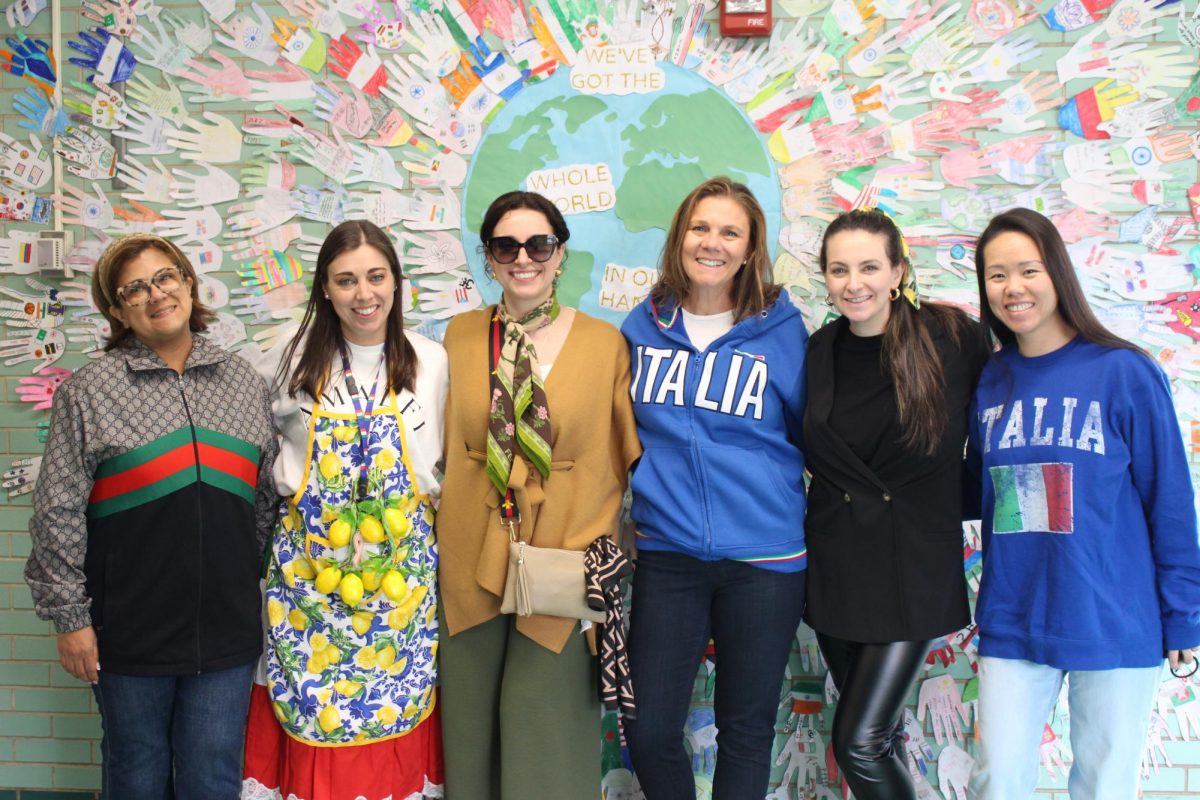
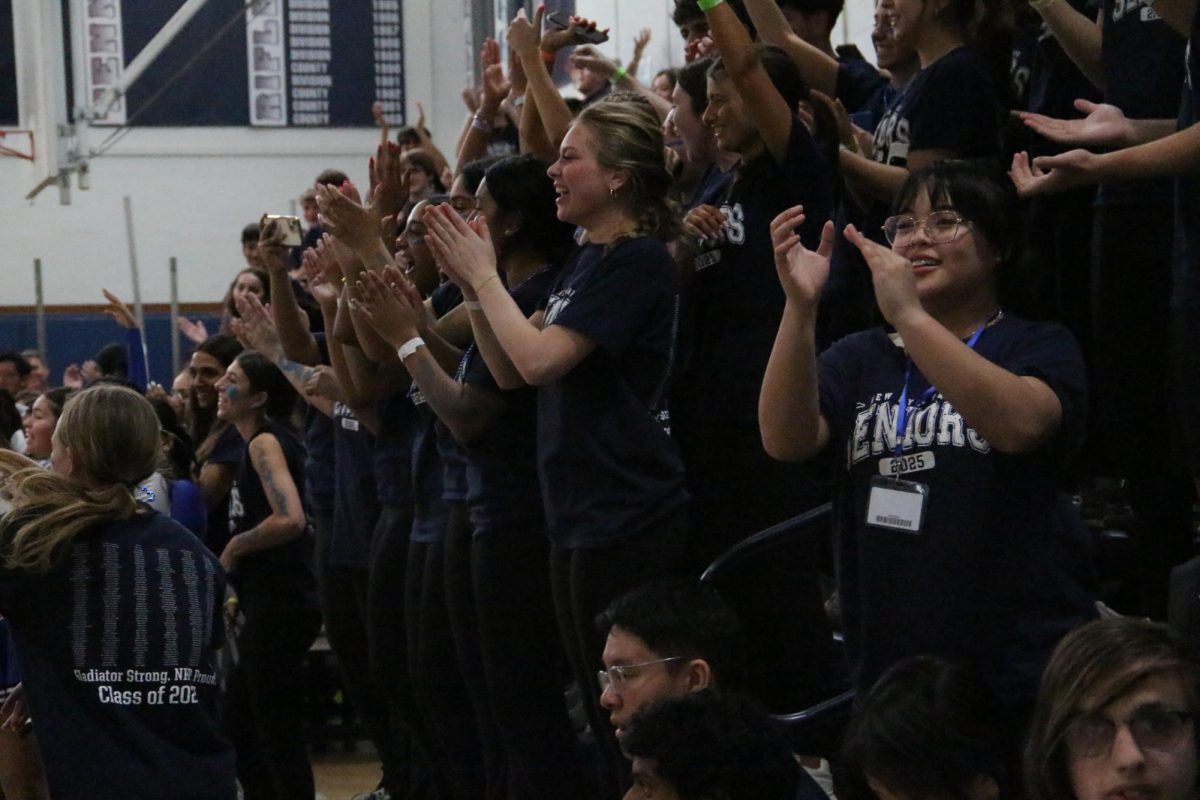
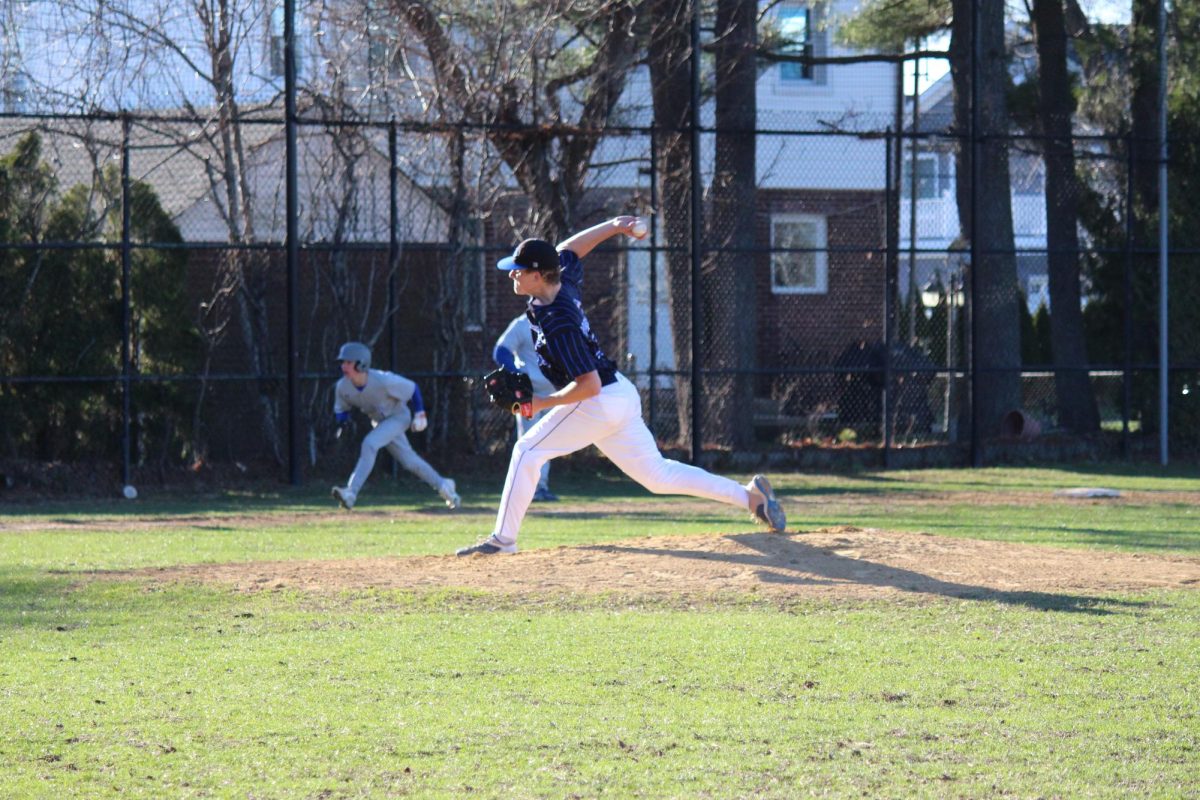
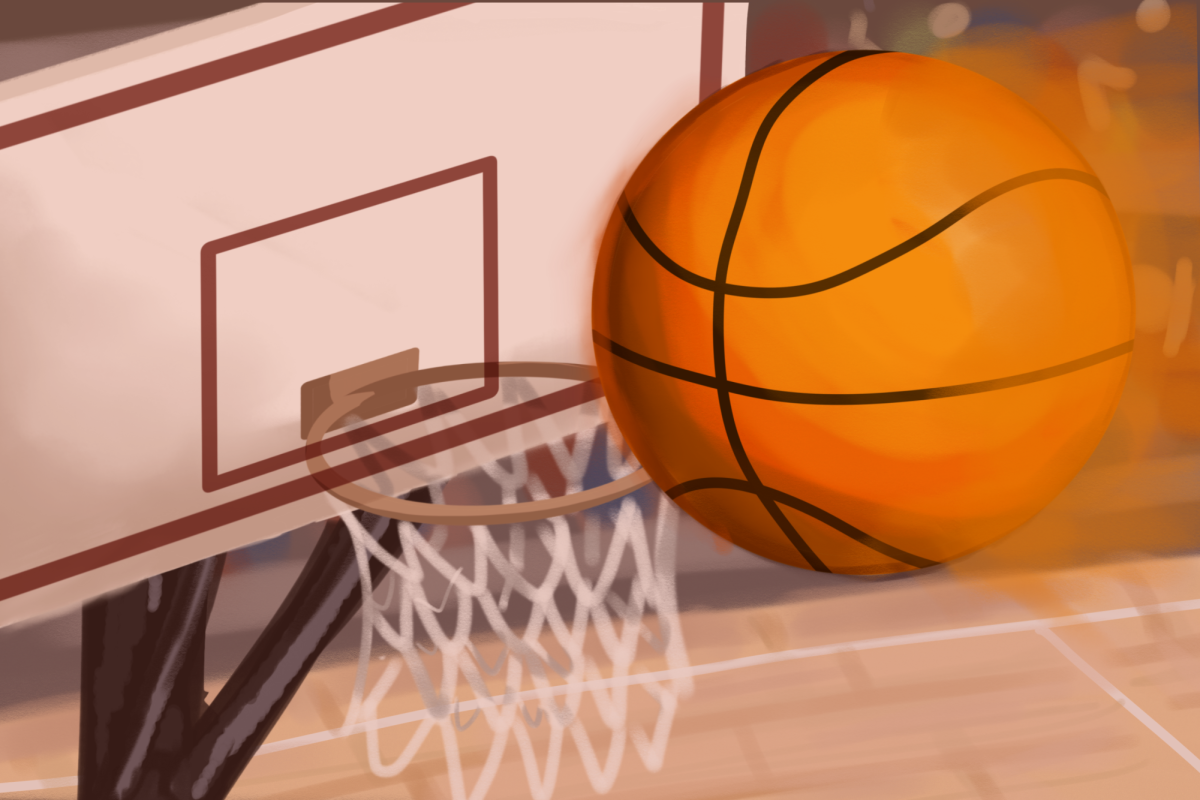
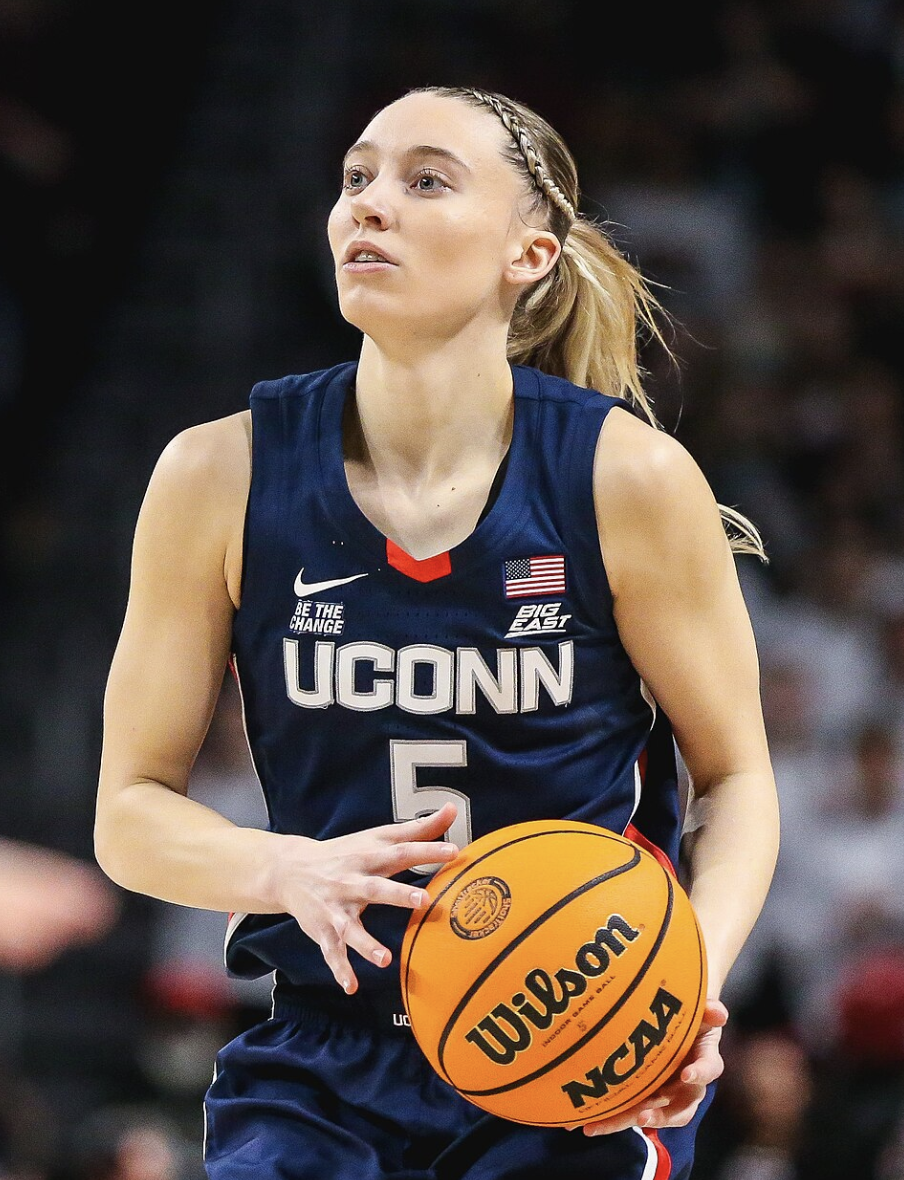

![“['The Bachelor'] is over-the-top, dramatic, and often unrealistic, but that’s what makes it so entertaining,” junior Hima Binu said.](https://nhpchariotonline.com/wp-content/uploads/2025/04/IMG_0977-1200x748.jpeg)


